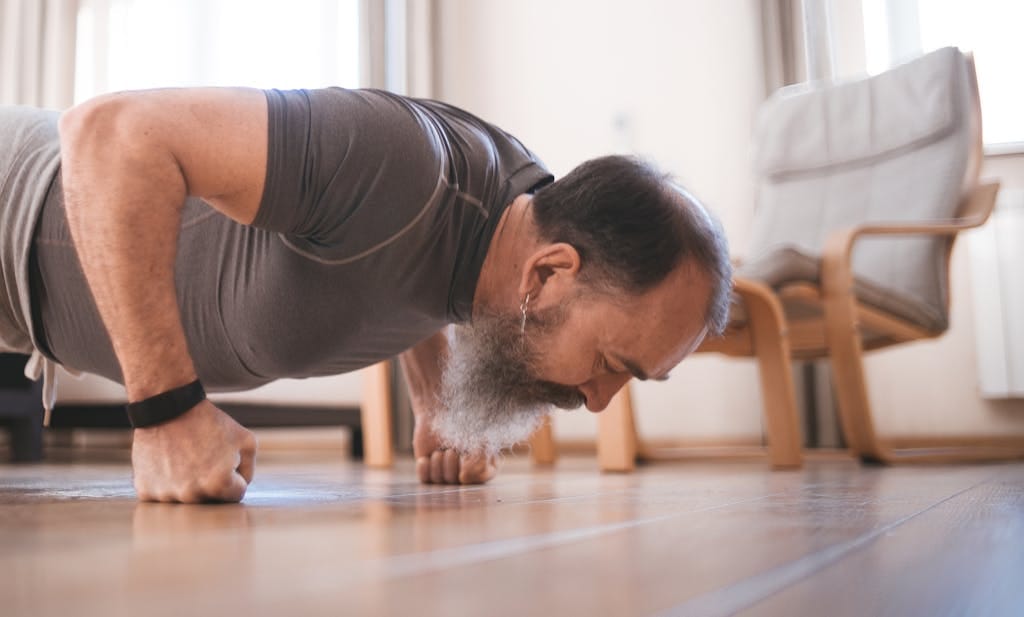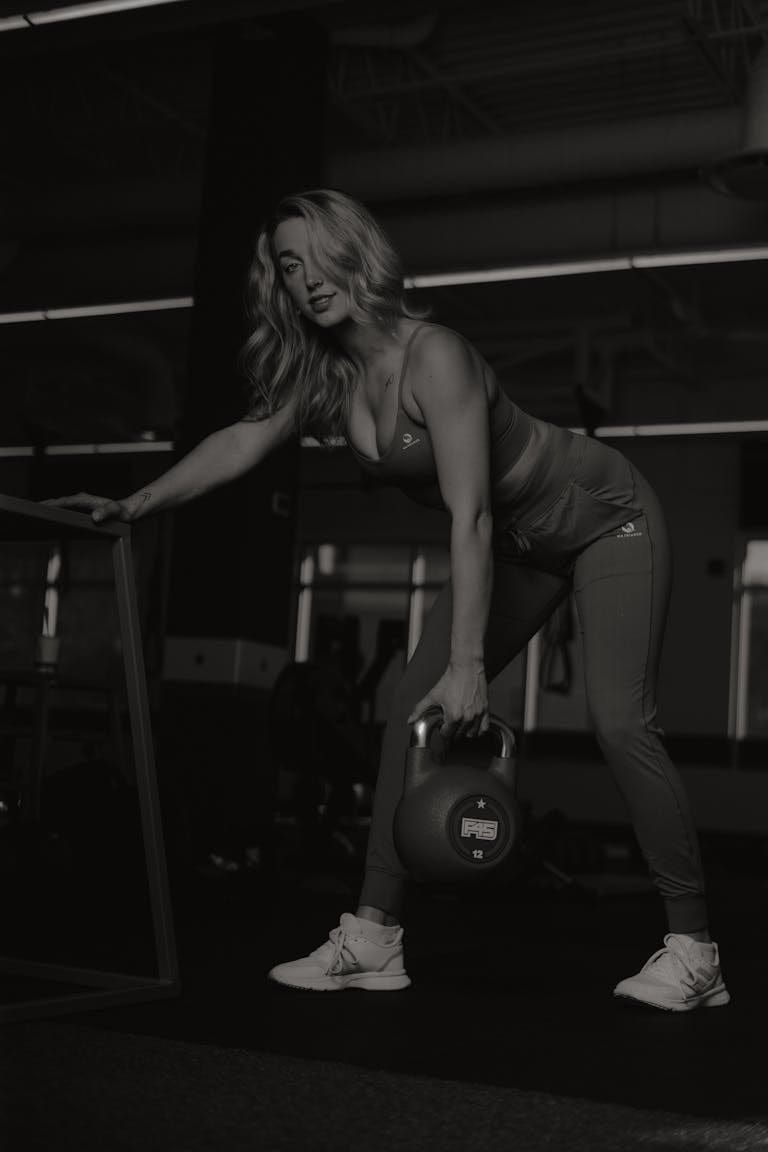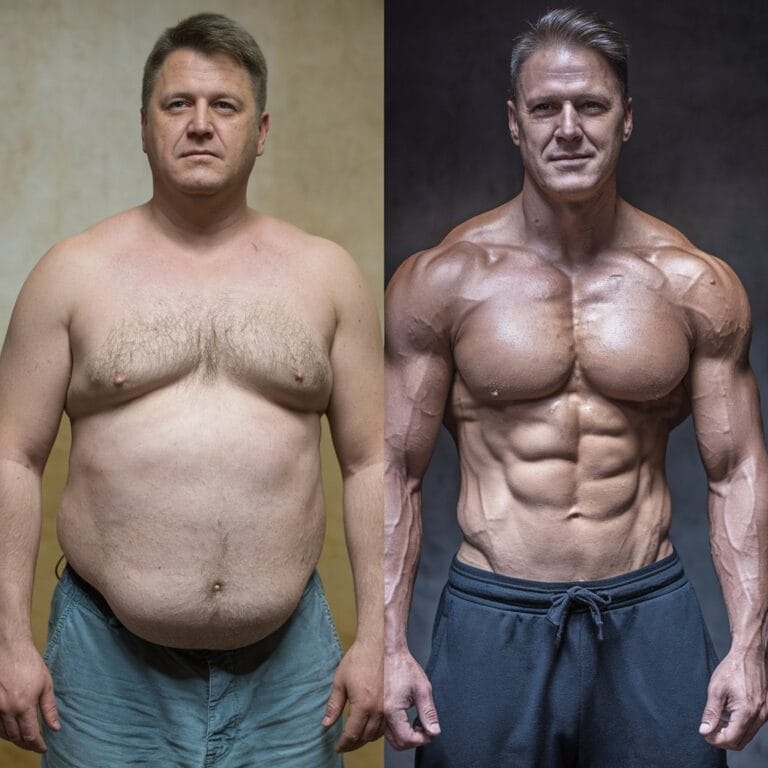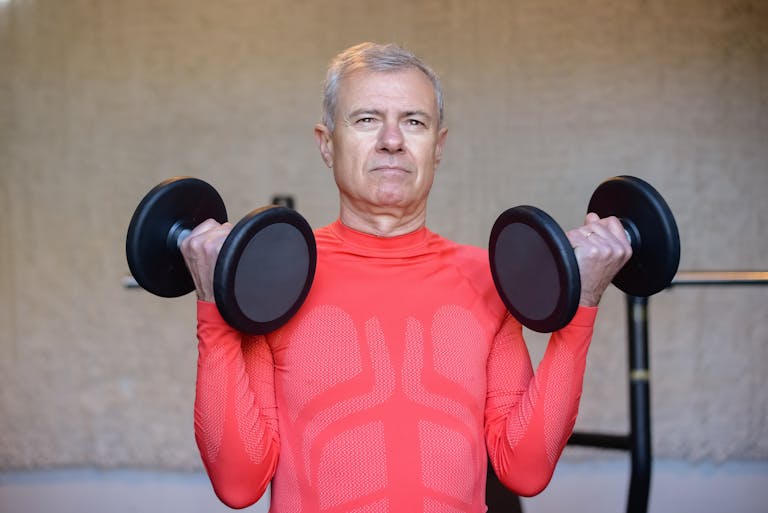FREE SHIPPING OVER $50
Aged 60+? This ONE Workout Can TRULY Transform Your Body & Life

Life doesn’t slow down after 60; it gets even more interesting! But for many, thoughts of fitness and staying active as we age can bring up concerns about mobility loss, declining energy, or even the fear of injury. It’s easy to fall into the trap of believing that reduced physical capacity is an inevitable part of growing older.
Well, I’m here to challenge that idea! Imagine moving with greater ease, enjoying more vibrant energy, feeling stronger, and maintaining your independence for years to come. It’s not a pipe dream; it’s a realistic goal. The truth is, there’s one workout that stands out above the rest for those aged 60 and above, a unique approach that can truly transform your body and life. It’s simpler than you might think, incredibly effective, and designed specifically to meet your body where it is now, while propelling it towards a more capable future.
Why Fitness Changes After 60 (And Why That’s Okay!)
Our bodies are incredible machines, constantly adapting. As we move past 60, we naturally experience certain physiological shifts. Knowing about them isn’t about accepting decline; it’s about understanding how to work with your body to thrive.
One of the most talked-about changes is sarcopenia, the gradual, age-related loss of muscle mass and strength. We can lose anywhere from 3-8% of our muscle mass per decade after age 30, and this rate often accelerates after 60. This doesn’t just impact how much you can lift; it affects your balance, mobility, and overall functional strength for everyday tasks like climbing stairs or getting out of a chair.
Alongside muscle changes, bone density can start to decrease, increasing the risk of osteoporosis. Our flexibility might lessen, and our balance can become less steady, raising concerns about falls.
But here’s the crucial point: these changes are normal, but they are not irreversible or unmanageable. With the right kind of exercise, you can significantly mitigate these effects, improve your current capabilities, and even build new strength. The goal isn’t to become a competitive athlete (unless you want to!), but to maintain and enhance your ability to live a full, independent, and joyful life. This means adapting your fitness approach to focus on what truly supports healthy aging.
The Game-Changing Workout for Strength & Stability
So, what is this “one workout” that can make such a profound difference for those aged 60+? It’s not a fancy new fad or an intimidating regimen. It’s a strategic combination of Functional Strength Training blended with targeted Balance and Mobility work.
Here are the key components and examples of exercises that form this powerful workout:
Functional Strength Training
This focuses on movements that mimic daily activities, building strength you can actually use.
- Resistance Band Rows: Loop a resistance band around a sturdy object or under your feet. Pull the band towards your body, squeezing your shoulder blades. Excellent for upper back strength and posture.
- Sit-to-Stands (Chair Squats): Start by sitting in a sturdy chair, then stand up without using your hands, and slowly sit back down. This strengthens your legs and glutes, essential for getting up from anywhere.
- Wall Push-ups: Stand facing a wall, hands shoulder-width apart on the wall, and gently push away. This builds upper body and core strength, important for pushing doors open or getting up from the floor.
- Leg Raises (Front/Side): Standing tall (hold onto a chair for support if needed), slowly lift one leg straight in front of you, then to the side. This strengthens hip muscles crucial for walking and stability.
Balance & Mobility Work
These exercises directly address fall prevention and improve your range of motion.
- Single Leg Stands: Stand tall, holding onto a counter or chair. Slowly lift one foot an inch or two off the ground. Try to hold for 10-30 seconds. Gradually work towards holding without support. This directly trains your body’s ability to stabilize.
- Heel-to-Toe Walk: Walk in a straight line, placing the heel of one foot directly in front of the toes of the other, as if walking on a tightrope. This challenges your balance and coordination.
- Gentle Stretches: Incorporate light stretches for major muscle groups, like hamstring stretches (seated or standing), chest openers (using a doorway), and gentle neck rotations. Improved flexibility can reduce stiffness and make movement more comfortable.
The beauty of this workout is its adaptability. You can start with just your bodyweight, gradually add resistance bands, or use very light dumbbells as you get stronger. The focus is always on controlled movements and proper form, not speed or heavy lifting.
How This Workout Transforms Your Body & Life
This combination of strength and stability training isn’t just about exercising; it’s about unlocking a new level of physical freedom and confidence for those aged 60+.
- Reclaim Strength & Independence: As you build muscle and functional power, daily tasks that once felt challenging become easier. Lifting groceries, gardening, climbing stairs, or simply getting up from a low couch will feel less taxing. This renewed strength translates directly into greater independence in your everyday life.
- Sharpen Balance & Prevent Falls: Falls are a major concern for older adults, but many are preventable. By consistently practicing balance exercises, you train your body’s proprioception (its sense of where it is in space) and strengthen the core and leg muscles that keep you upright. This significantly reduces your risk of falls, giving you more confidence to move through your day.
- Boost Energy & Mood: Regular physical activity, especially strength training, boosts your metabolism and improves your body’s ability to use energy efficiently. This can lead to more consistent energy levels throughout the day and even better sleep at night. Furthermore, exercise releases endorphins, natural mood boosters that can reduce stress, alleviate anxiety, and promote a more positive outlook on life.
- Support Bone & Joint Health: Weight-bearing exercises (like sit-to-stands) and strength training put healthy stress on your bones, signaling them to become denser and stronger, helping to prevent osteoporosis. For joints, consistent, controlled movement can improve lubrication, reduce stiffness, and even help manage discomfort associated with conditions like arthritis.
- Enhance Cognitive Function: Emerging research continually highlights the powerful link between physical activity and brain health. Regular exercise, particularly activities that challenge both body and mind like balance and complex movements, can improve memory, focus, and overall cognitive function. Staying active truly keeps your brain sharper.
Making This Workout Your Own: Getting Started Safely
Embracing this game-changing workout doesn’t mean jumping into an intense routine. It’s about smart, sustainable steps.
- Consult Your Doctor: Before starting any new exercise program, especially if you have existing health conditions or concerns, always talk to your doctor. They can provide personalized advice and ensure the workout is appropriate for you.
- Start Slow and Listen to Your Body: Begin with fewer repetitions or shorter durations. If an exercise causes pain, stop immediately. The motto is “no pain, just gain.” Progression should be gradual and comfortable.
- Prioritize Proper Form: Correct form is crucial to prevent injury and maximize effectiveness. If unsure, consider watching reputable online videos (from certified trainers specializing in senior fitness) or even a session with a qualified personal trainer to learn the basics.
- Consistency is Key: Aim for 2-3 sessions per week, allowing rest days in between for muscle recovery. Regularity is far more important than intense, sporadic workouts. Even 10-15 minutes a few times a week can build a strong foundation.
- Find Your Support System: Working out with a friend, joining a senior fitness class, or even finding online communities can provide motivation and accountability.
Conclusion
The idea that reaching 60 means slowing down or accepting physical limitations is a myth we can all challenge. This workout—focused on functional strength and balance—offers a clear path to transform your body and life. It’s your ticket to moving with greater ease, enjoying boundless energy, reducing the risk of falls, and maintaining your cherished independence.
Don’t let age define your capabilities. Take that first step, embrace this powerful approach to fitness, and discover just how much more vibrant, strong, and capable your years can be. Your journey to an even more active and fulfilling life starts today!
Related Articles
- Defy Your Age: 4 Simple Strength Workouts to Build Muscle & Stay Strong After 50
- 20-Minute Morning SHRED: Torch Fat & Sculpt Muscles (No Gym Needed!)
- Ditch the Crunches! Sculpt Your Core Standing Up (5 Workouts, No Floor Time)
- The Desk Job Antidote: Experts Reveal How Much Exercise Truly Erases A Full Day of Sitting
- The Pushup Test: Can You Out-Perform 90% of People Over 40?







